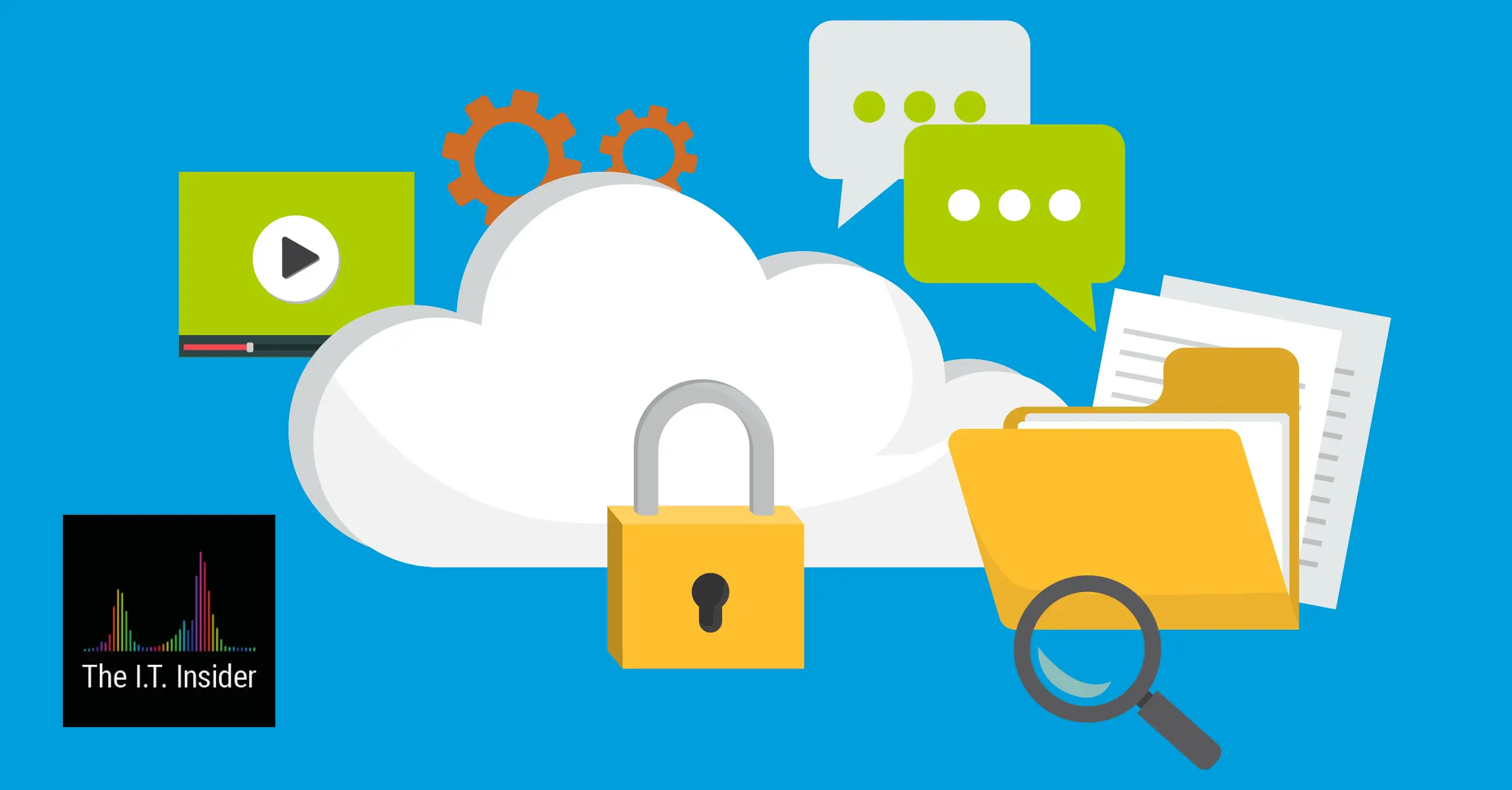
Your journey to the cloud
Added Tuesday 22 October 2019 by DeeperThanBlue
We caught up with the folks at DeeperThanBlue who told The It Insider what it means to take existing legacy systems and re-engineer them to the cloud making companies faster and much more agile to react to market demands. How difficult is it to become a ‘digitally native’ business and what steps do you have to take? Here we consider IBM’s Cloud Pak offering and what it offers organisations in terms of their journey to the cloud.
Cloud computing is still one of the most disruptive forces of IT spending since the dawn of digitisation – industry analyst Gartner predicts that the worldwide public cloud services market is projected to grow 17.5 percent in 2019 to total $214.3 billion, up from $182.4 billion in 2018. The route cause is digitisation of entire industries where companies old and new are pursuing cloud strategies because of the multidimensional value that they bring to them and their customer base – agility, scalability, cost benefits, innovation and business growth.
Not all companies are made equal however, some have applications that are mission critical to their business that aren’t cloud ready preventing them from taking advantages of the benefits that cloud computing brings in terms of speed of performance, availability and a quality customer service experience. Many have begun making them cloud ready by moving legacy applications to the cloud, breaking down monoliths and reassembling them as microservices-based applications that can deliver the agility realised by start-up digital-native organisations who have had the luxury of building systems in the cloud from their inception. But no matter how old or in which industry it operates, an organisation will have digital delivery at its heart in order to grow and prosper and must address how to achieve it via the cloud.
In 2019/2020 legacy systems are being deconstructed and reconstructed as smaller microservices - independently deployable modular services which when put together work to serve a business goal. Ultimately rearchitecting software in this way means that continuous improvement and integration of software is easier to achieve – constantly improving each microservice and by default, the sum of its parts. Continuous delivery means that software is always up to date – no more ‘versioning’ and the time and effort required to deploy new products is significantly reduced, delivering what customers want much faster and more efficiently and allowing the business to keep pace with the modern world.
Delivering agility
IBM Cloud Paks are enterprise-ready, containerised software solutions that give clients an open, faster and more secure way to move core business applications to any cloud. Running on Red Hat OpenShift, the IBM Cloud Pak for Integration gives businesses complete choice and agility to deploy workloads on premises and on private and public clouds. It offers a way to modernise and integrate applications for the digital age and also provides automation to speed up and deliver more accurate deployment of solutions – what used to take months need only take days. IBM Cloud Pak is a ready-made suite of software to make any organisation more agile moving from slow development cycles to the ability to act quickly in response to market demands. The five Cloud Paks are:
- Cloud Pak for Applications: Build, test, and deploy applications in a modern, microservice-based framework. The Cloud Pak has built-in developer tools and processes including support for microservices functions and serverless computing. Building applications quickly on any cloud becomes a reality using technologies such as WAS Liberty, Node.js
- Cloud Pak for Integration: Integrate applications, data, cloud services, and APIs. It comes pre-integrated with a set of capabilities including API lifecycle (API Connect), application and data integration (App Connect Enterprise), messaging (IBM MQ) and events (Events Stream), high speed transfer (Aspera) and integration security.
- Cloud Pak for Automation: Transform business processes, decisions and content. Deploy on your choice of cloud with low-code tools for business users and performance visibility for business managers. Customers can migrate their automation runtimes without application changes or data migration, and automate at scale without vendor lock-in.
- Cloud Pak for data: Collect, organise and analyse data – get AI-ready. The Cloud Pak helps to unify and simplify data and turn it into insights through an integrated cloud-native architecture. It can be easily customised to unique client data and AI models through an integrated catalogue of IBM, open source and third-party microservices add-ons.
- Cloud Pak for Multi-cloud management: Multicloud visibility, governance, and automation across a range of hybrid, multicloud management capabilities such as event management, infrastructure management, application management, multicluster management, edge management and integration with existing tools and processes.
Enterprises must innovate at a substantially faster pace than ever before in order to remain competitive - the catastrophic stories of those brands who have failed to do so are all too prevalent – Thomas Cook being the latest in a long line. At its core, being cloud-native is about bringing new value to the end user or customer by making the most of the benefits the cloud delivers. Those technologies that mean less time is spent managing workloads and ‘keeping the lights on’ and more time creating value will ultimately be adopted by those forward thinking enough to recognise the benefits.
If your organisation is looking to build applications and move workloads to the cloud – including AWS, Microsoft Azure, Google Cloud, Alibaba and IBM Cloud as well as private infrastructure with containers and Kubernetes, IBM Cloud Paks offers a strategy for delivering on the promise of cloud computing.
Contact the team to discuss the benefits to your organisation of IBM Cloud Pak.
+44 (0)114 399 2820
info@deeperthanblue.com
More Information
If you’d like hear more about this, please complete the form below:
